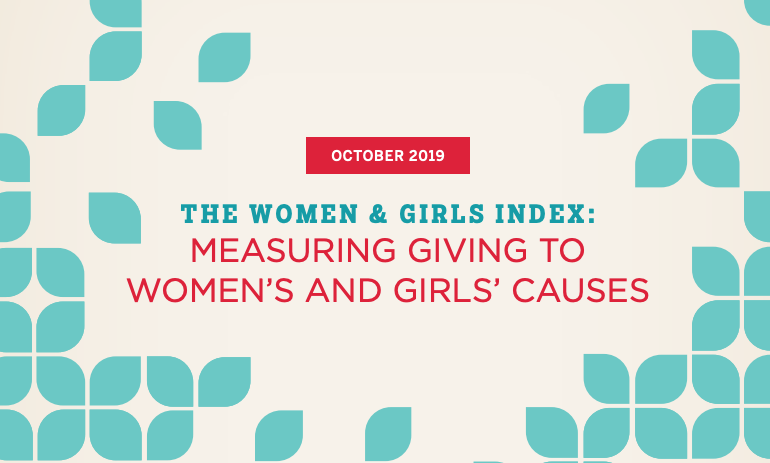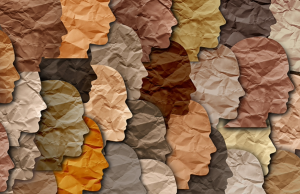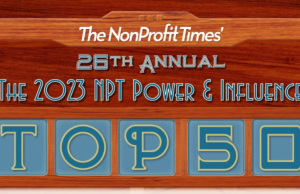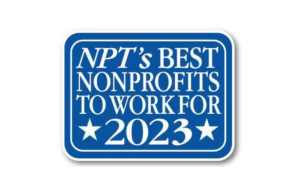Nonprofits focused on women’s and girls’ causes receive proportionally more charitable contributions via donor-advised funds (DAF) than donations in general, according to a preliminary report from the Women’s Philanthropy Institute (WPI).
“The Women & Girls Index: Measuring Giving To Women’s and Girls’ Causes” is touted as the “first comprehensive landscape of charitable organizations dedicated to women and girls in the U.S.” The 38-page report was completed with funding from the Bill & Melinda Gates
Foundation.
“As a whole, applying a gender lens to DAF grants illustrates that DAF giving seems to have more of a gender focus than overall charitable giving, and that the subject breakdown of this funding is fairly representative of broader philanthropic support for organizations dedicated women and girls,” according to the report released today by the IUPUI Women’s Philanthropy Institute (WPI).
Organizations dedicated to women and girls experienced a “slight but steady uptick” in the percentage of total DAF grant dollars received, from 2.7 to 3.3 percent between 2012 and 2015, accounting for some $575 million of the $18.6 billion in DAF grants. “Whether this trend continues will be of keen interest…since DAF grant dollars continue to grow as a share of overall philanthropy,” the report stated.
Overall, those organizations received charitable contributions from individuals of $6.3 billion in 2016, about 1.6 percent of charitable giving in the U.S. There are some 45,000 nonprofits dedicated to women and girls, about 3.3 percent of all charities, according to the WPI data.
Women’s and girls’ organizations are found in every nonprofit subsector, though the greatest portion appear in human services. They also are on average are smaller than other charities, about a fourth of the revenue and expenses. They’re also smaller on average across a range of other measures, including assets, number of employees, employee compensation spending, or philanthropic support.
As a subsector, contributions to women’s and girls’ causes totaled slightly more than half of the total raised by environment and animals ($11.2 billion) and about a third of the philanthropic support of arts, culture and humanities ($17.1 billion).
Almost three out of five women’s and girls’ causes are found within the either the human services sector (36 percent) or mutual, public and societal benefit (23 percent). Organizations that are focused on general women’s health receive the largest amount of philanthropic support, about $1.2 billion. Other top recipients of contributions are those that address reproductive health, family and gender-based violence.
“The WGI provides a new tool to learn more about the distinct characteristics of these charities,” according to the report.
The report also provides “foundational knowledge on the key features of organizations dedicated to women and girls, as well as charitable giving estimates that can serve as a baseline for future trends and comparisons.”
The findings in this report are primarily based on data from 2016, which precedes the #MeToo and #TimesUp movements of late 2017 and early 2018. The WPI will continue to update the WGI at regular intervals with the goal of expanding understanding of this area of philanthropy.”
To access the report, click here: philanthropy.iupui.edu/WGI2019









